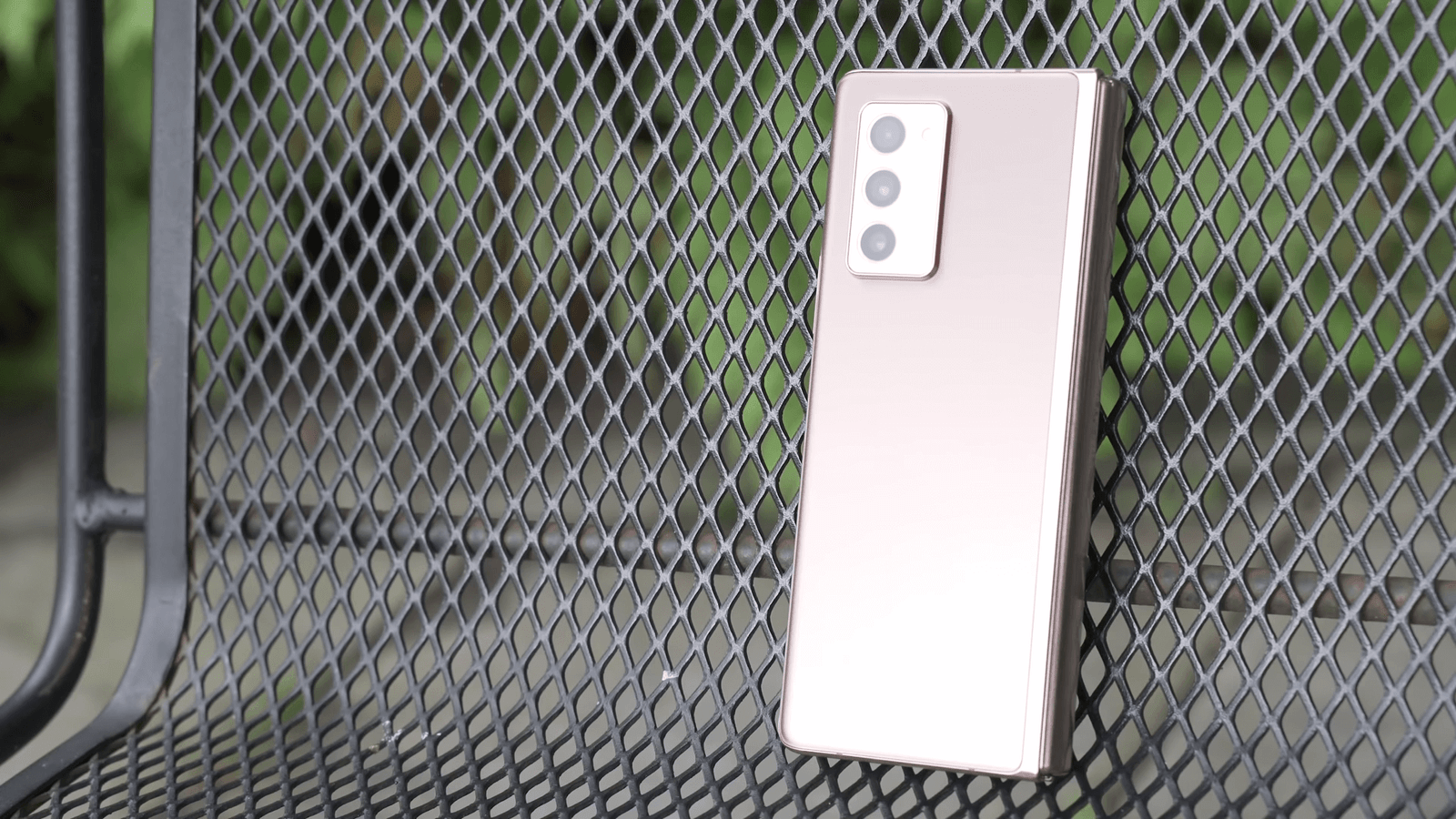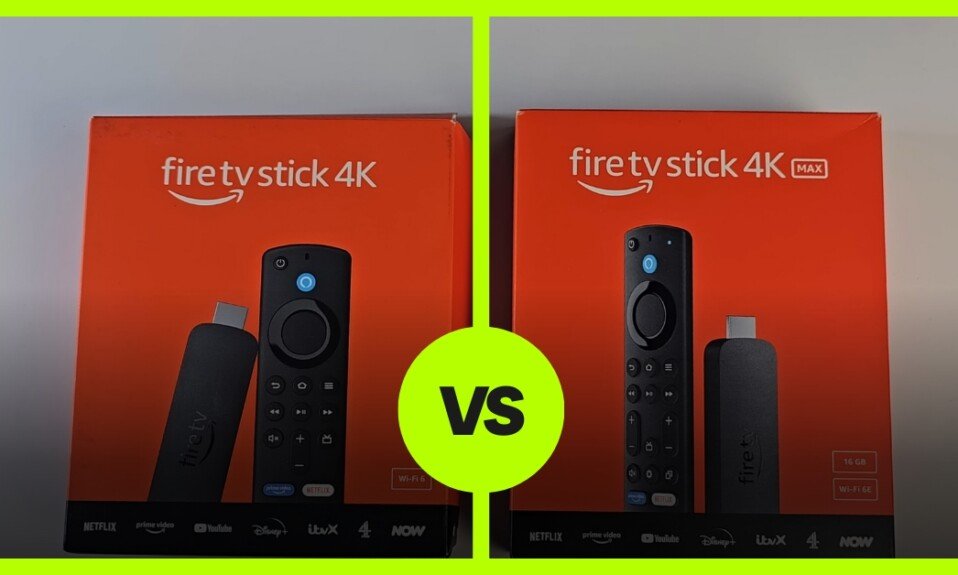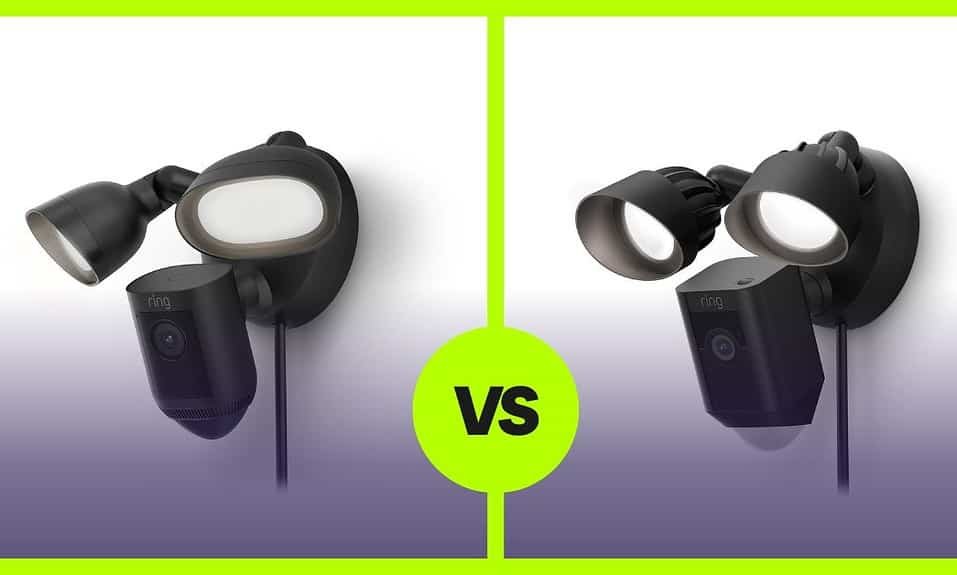Gorgeous appearance and hardware, great photo capabilities – all this is provided to users by flagships from Apple and Samsung. These companies have been competing for a long time, releasing smartphones one better than the other. This article will help you decide which company to choose. It contains the main features of modern Samsung and iPhones.

Samsung smartphones
Samsung continues the era of frameless gadgets. The screens of all the company’s flagships occupy almost the entire front side, and some even became sliders like the experimental Galaxy Z Flip. Moreover, they have already completely got rid of the fingerprint sensor even on budget models.
All modern devices from Samsung, including models of the Galaxy and laptop series, are phablets (a smartphone with a huge diagonal like a tablet). So, the latest Galaxy models have 6.8 “diagonals for the S21 Ultra, an incredible 7.6″ tablet for the Galaxy Z Fold 2, and 6.7 “for the c21 with the plus prefix.
Phones of the Note series, in comparison with ordinary “galaxies,” are slightly larger. Given that the Note has always been perceived as a bridge between mobile and tablet, there is nothing to be surprised by here. For example, the base Note 20 has a 6.7 “diagonal, while the base S20 boasts” only “6.5”.
Performance
Most of the new devices run on branded 8-core Exynos processors (there are modifications on Snapdragon and budget new items on MediaTek), two crystal chipsets. This means that half of the gadget’s cores work at a lower clock frequency: it is intended for everyday use. When working with resource-intensive applications, the second – faster – half comes into play. Due to this, the energy efficiency of the devices has increased.

The amount of RAM is also more than enough – from 6 to 8 gigabytes, depending on the model. This hardware provided smartphones with excellent performance, the ability to play all modern games, and video editing at the level of an average laptop. And the Samsung Galaxy Z Fold2 boasts an incredible 12GB of RAM – on par with powerful laptops.
Tip: there is no need to worry about protection from dust and water – the flagships are protected according to the IP68 standard (they do not care short-term immersion up to half a meter), the simpler models have IP67 protection (they are not afraid of rain and will survive an accidental fall into fresh water).
Cameras

In addition to the filling, Samsung stands out and competes with iPhones in terms of cameras. Judging by the reviews, any modern flagships of this manufacturer are great.
Smartphones have a double aperture, which allows them to shoot with the same quality in any light: you don’t need to switch modes yourself – Samsung can do it automatically.
And the number of cameras in Samsung in 2021 is even more than that of an iPhone – the Galaxy S21 Ultra boasts a 5-lens module. They allow you to shoot video in incredible 8K (4 times more pixels than 4K), switch cameras “in-flight” without stopping the shooting. There is also a 10x optical zoom and 100x digital – you can see what flowers a neighbor has on the windowsill at the other end of the block. The Bright Night sensor allows you to independently control the exposure time, getting clear images even in the middle of the night.
HDR adds clarity to dark shots. Also, with the help of the company’s phones, you can shoot slow-motion videos. Almost all (even budget) Samsung, including the unpretentious Galaxy A71 by the company’s standards, can recognize objects in the photo, automatically blur the “background,” and select the appropriate processing. This makes the shots more professional, even for those who first decided to take up photography. And a convenient defect-recognition option will help to reshoot a photo: it will warn you about a blurry frame, closed eyes of the subject, and other shortcomings.
All devices are running Android OS. They are equipped with a proprietary shell that makes the device easier to use.
Other important features and functions:
- All flagships support fast and wireless charging modes.
- Enhanced security. Phones are not only equipped with familiar fingerprint sensors but also recognize the owner by sight.
- The Bixby voice assistant is a great feature that will make using your phone easier.
- Selfimojis are analogous to the iPhone animoji: you can create individual emoji by taking a selfie.
- Huge selection of colors – from standard black and white, metallic, and red models to purple, light green, and turquoise.
Apple smartphones
Apple gadgets did not disappoint either. The company, just like Samsung, makes exclusively frameless. The only exception is the iPhone SE 2020 – outwardly, it resembles a classic 8-handle, but with a filling many times cooler.
Screens
Apple produces not only phones with a large diagonal but also models with more compact displays. For example, the SE with a button has a 4.7 “diagonal, and the new compact frameless iPhone 12 Mini has a 5.4″ screen. But if you want a large display, then the best choice is the iPhone 11 or 12 Pro Max. They have screens measuring 6.1 and 6.7 inches, respectively.

The matrices of the iPhone SE, XR, and the base 11 are classic Retina, created on IPS technology. But all the other “apples” are already using Super Retina HD based on OLED. However, the picture quality is decent for everyone. Of course, device resolutions differ: the larger the screen diagonal, the higher it is.
Also, the displays of gadgets differ in the level of contrast. At 12, it is simply prohibitive – 2 million to one. Because of this, it is considered the best mobile display of our time. And this is despite the refresh rate at 60 Hz! 11 and other current models have a contrast ratio of 1.4 thousand to one—also a leading indicator to the envy of other manufacturers.
Cameras

Of course, all “Apple” devices run proprietary iOS – an operating system famous for its high energy efficiency and excellent immunity to viruses. The processors are also from the manufacturer: A14 for the entire line is 12-ok, A13 in the 11th series, and the SE state-owned team member, an old but still capable A12 in the XR, proven over the years.
RAM, as always, is less than that of Samsung’s flagships – 4 and 6 GB vs. 8 and 12, respectively. However, here you can see the famous Apple optimization – this difference is completely invisible in real use.
The cameras are good too. Details are in the table:
| Smartphone | Photo opportunities |
| iPhone XR | Rear camera – 12MP, 1.8 aperture Front camera – 7 megapixels 1. Optical stabilization OIS. 2. Smart HDR – software processing allows the picture not to “fall in the shadows” while not overexposing the light areas. 3. Live Photos – a “live frame” where “mini-video” is recorded 3 seconds long (1.5 seconds before pressing the camera shutter and 1.5 after) |
| iPhone 11 | 1. The main camera is 12 megapixels, the aperture is 1.8. 2. Wide-angle camera – 12 megapixels, light sensitivity 2.4, 120 ° ultra-wide angle. Front camera for all 11 – 12 megapixels All XR + Chips 1. Night mode. 2. Deep Fusion – pixel-by-pixel processing to enhance detail. 3. Portrait mode blurs the background of any subject, not just people like in X, XR, and XS. |
| iPhone 11 Pro | 1. The main camera is 12 megapixels, the aperture is 1.8. 2. Television camera – 12 Mp, light sensitivity 2.4 |
| iPhone 11 Pro Max | 1. The main camera is 12 megapixels, the aperture is 1.8. 2. Television camera – 12 megapixels, light sensitivity 2.4. 3. Ultra-wide-angle camera – 12 megapixels, aperture 2.4 |
| iPhone SE | Main camera – 12 MP, aperture 1.8 |
| iPhone 12 | 1. Main camera – 12 megapixels, aperture 1.6. The matrix catches more light, which means that the pictures will be clearer than the “predecessors. 2. Wide-angle camera – 12 megapixels, aperture ratio 2.4, angle 120 ° The front camera for all 12-ok – 12 megapixels. All the chips as 11 + Night time-lapse. Automatic straightening of curvatures at the edges of the frame – the image’s corners look more beautiful; there is no “fish-eye” effect in wide-angle shots. But it can be returned in the settings. Improved Smart HDR – even more, dynamic range. The front camera got a night mode and HDR video. The quality of shooting in good lighting has increased – even more detail.” |
| iPhone 12 Mini | Everything is the same as in the base iPhone 12 |
| iPhone 12 Pro | 1. Main camera – 12 megapixels, light sensitivity 1.6. 2. Wide-angle camera – 12 megapixels, aperture 2.4. 3. Telephoto – 12 Mp, aperture 2.0, focal length 65 mm. 4. LIDAR-sensor – measures the room’s depth, allowing you to separate the foreground from the background instantly. 5. Pro and Pro Max have ProRAW shooting format onboard – the mobile photographer will receive “raw” sources that he can edit as he pleases. |
| iPhone 12 Pro Max | 1. Main camera – 12 megapixels, light sensitivity 1.6. 2. Wide-angle camera – 12 megapixels, aperture 2.4. 3. Telephoto – 12 Mp, 2.2 aperture, 65 mm focal length. 4. LIDAR sensor. 5. The videos are more stable than the 12 Pro. 6. The shooting quality is slightly better than the 12 Pro. 7. The corners of the photo in the wide-angle shooting are less blurry. |
Other important features and functions:
- All the latest iPhones (even the budget SE), like the flagship Samsung, can be charged on the wireless docking station. Smartphones also support fast charging.
- The devices are protected from water and dust. True SE 2020, XR and mid-budget Samsung are IP67 , the flagships of both companies have the highest degree of protection IP68 .
- Unlocking. Due to the constant wearing of masks due to COVID-19, manufacturers had to look for alternative solutions – the usual face unlocking did not work. In the latest Samsung models, there are 2 options for unlocking a mobile phone at once – through a fingerprint sensor, which is hidden either under the display, or under the power button, or through a face scanner. Apple approached this issue differently – they added the ability to add a “spare face” with a mask to FaceID. The fingerprint sensor only appeared in the iPhone SE 2 – but there is no FaceID there either.
- Animoji – You can create custom emoji using the front camera and Face ID. Samsung has its own counterpart – SelfieMoji.
- Siri is a voice assistant that makes using your smartphone easier. Samsung uses Bixby or the standard Google Assistant.
Comparison table of flagships from Samsung and Apple

This section presents the main differences between the current smartphones of the two competing companies. A clear difference between the phones will help you understand what is better to buy.
| Parameter | iPhone | Samsung |
| Voice assistant | Siri, support | Bixby |
| Number of SIM cards | 1 physical, 1 E-Sim (electronic sim card) | 2, but there are variations 1 physical + 1 e-Sim |
| Unlocking | Fingerprint scanner – SE 2020 Face recognition – XR, 11, and 12 lines | Everyone has a fingerprint scanner and face recognition |
| Inner memory | from 64 GB to 512 GB depending on the model | from 64 GB to 1 TB depending on the model |
| CPU | A Bionic (4 or 6 cores depending on the model) | Exynos 8 cores |
| Operating system | iOS | Android |
| Frameless | All current models except iPhone SE 2 | All current models |
Deciding what to buy is not easy because the gadgets of these manufacturers have impressive characteristics, and their design is attractive. Unless Samsung has more unlocking options, you can also put 2 SIM cards and a memory card. However, these are not the main criteria, and therefore you can choose any device released under these brands. The user will not be disappointed.




